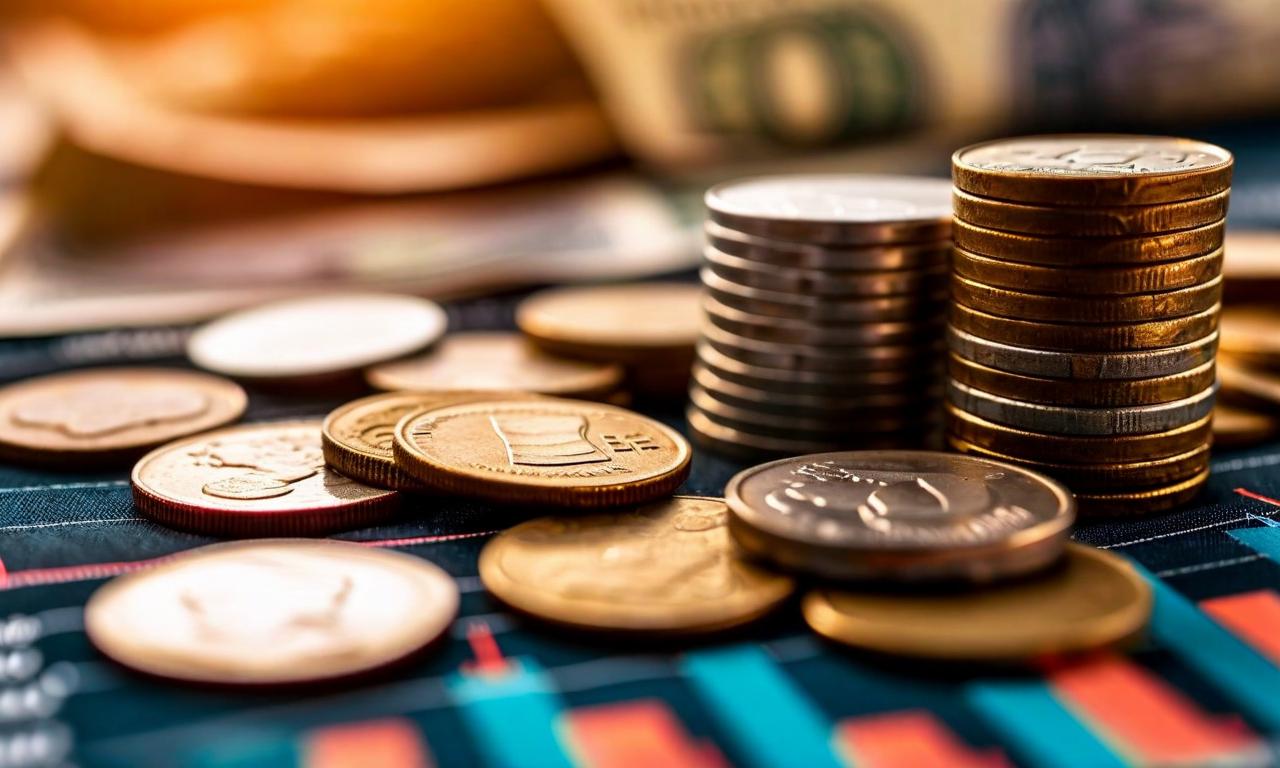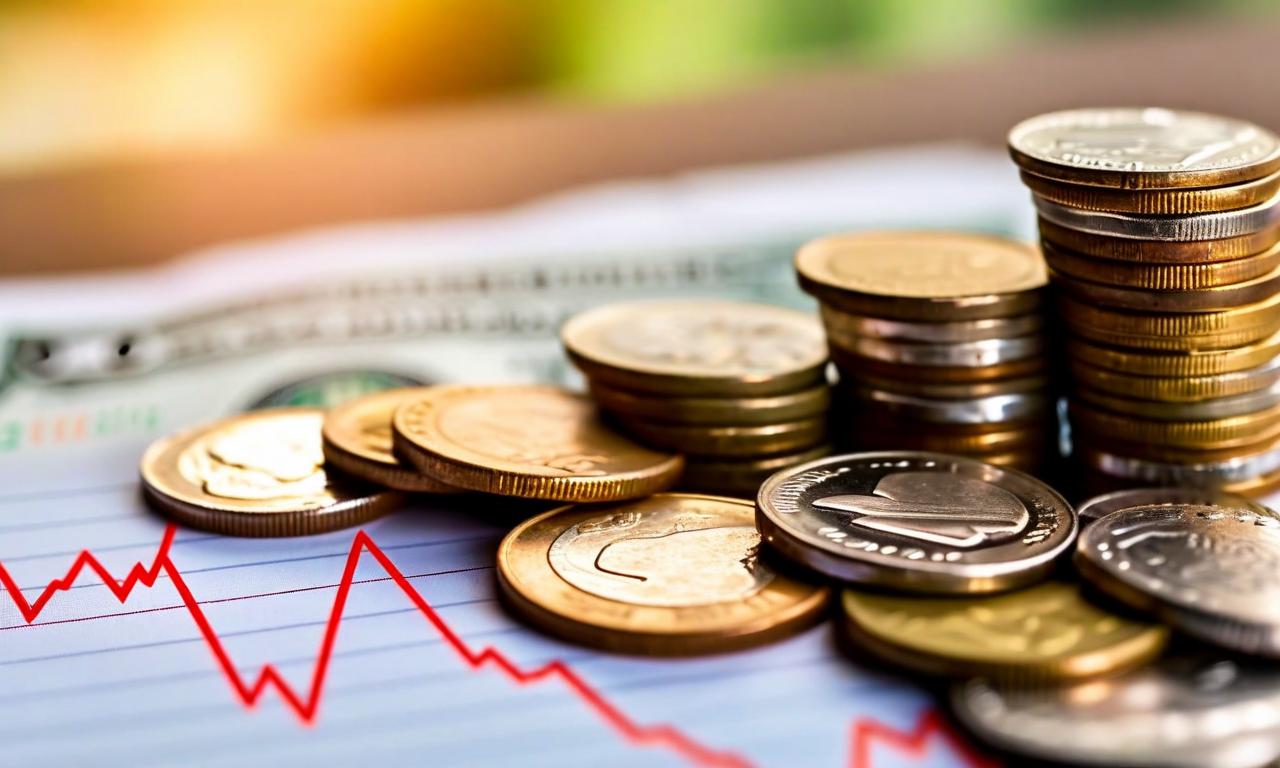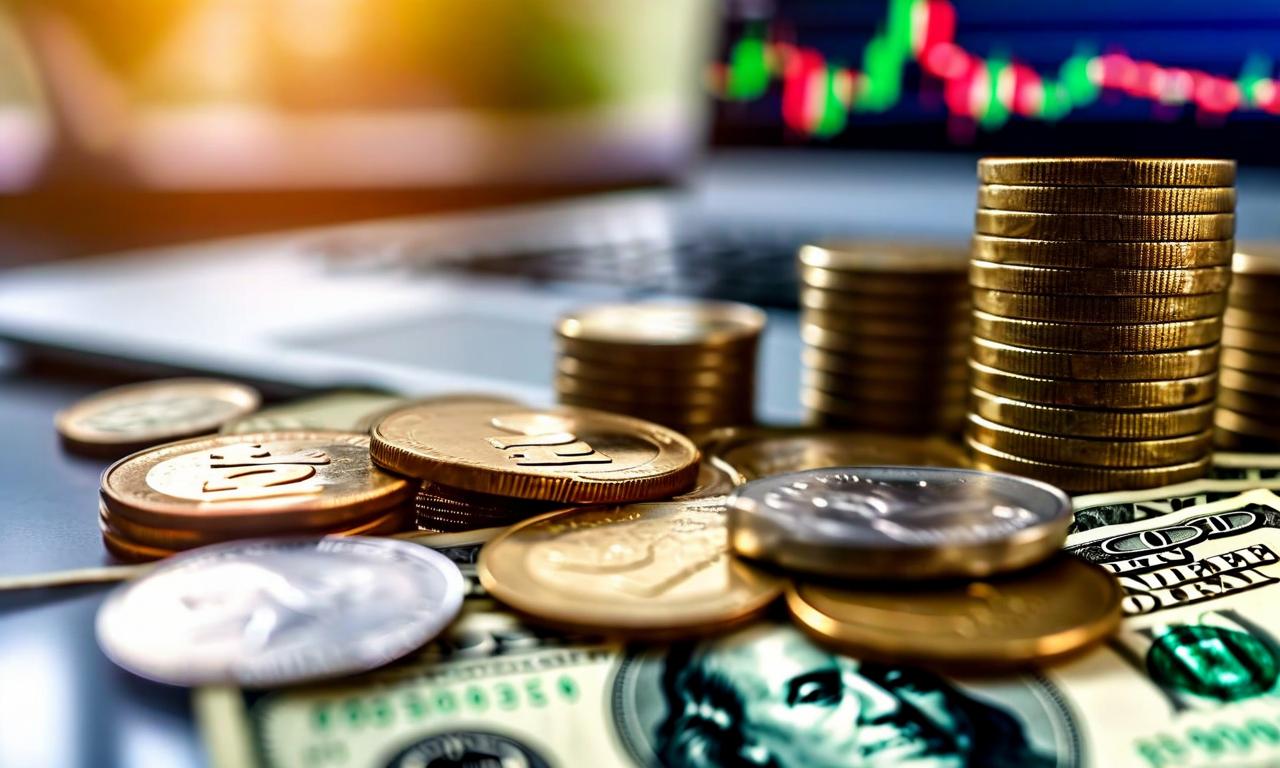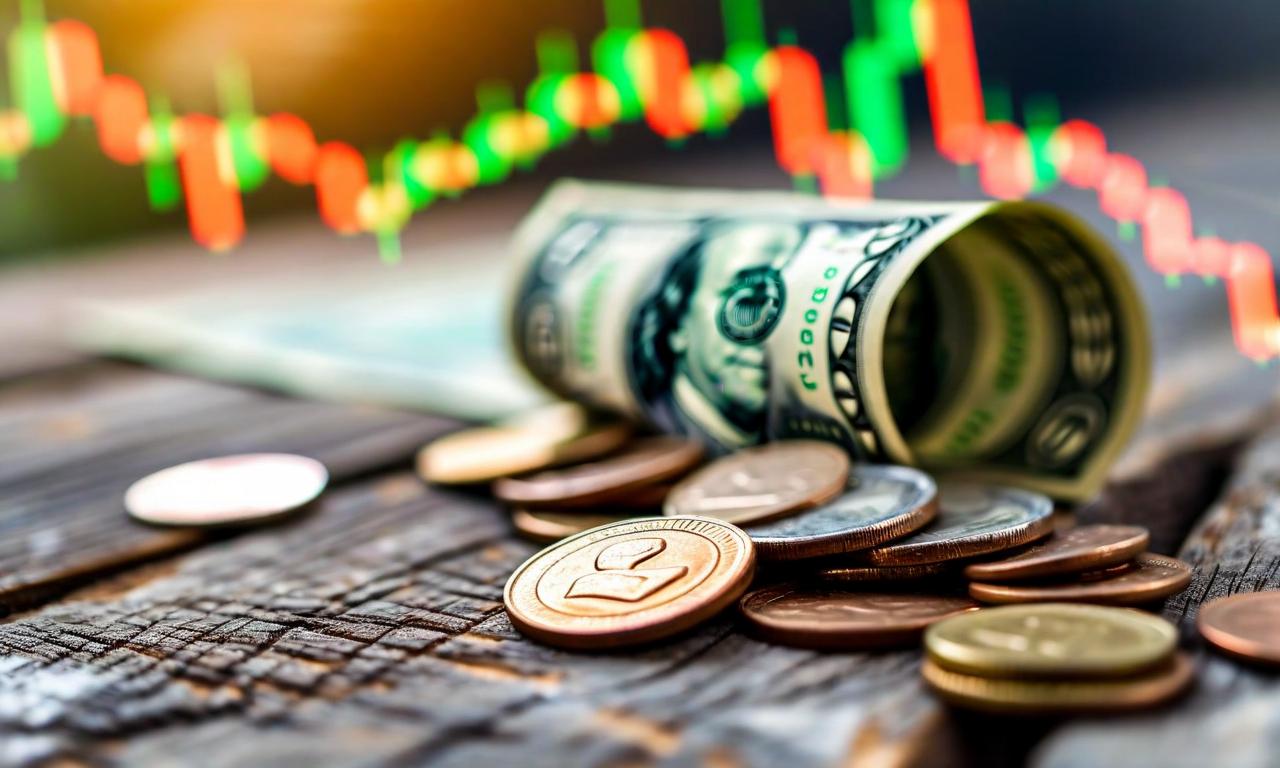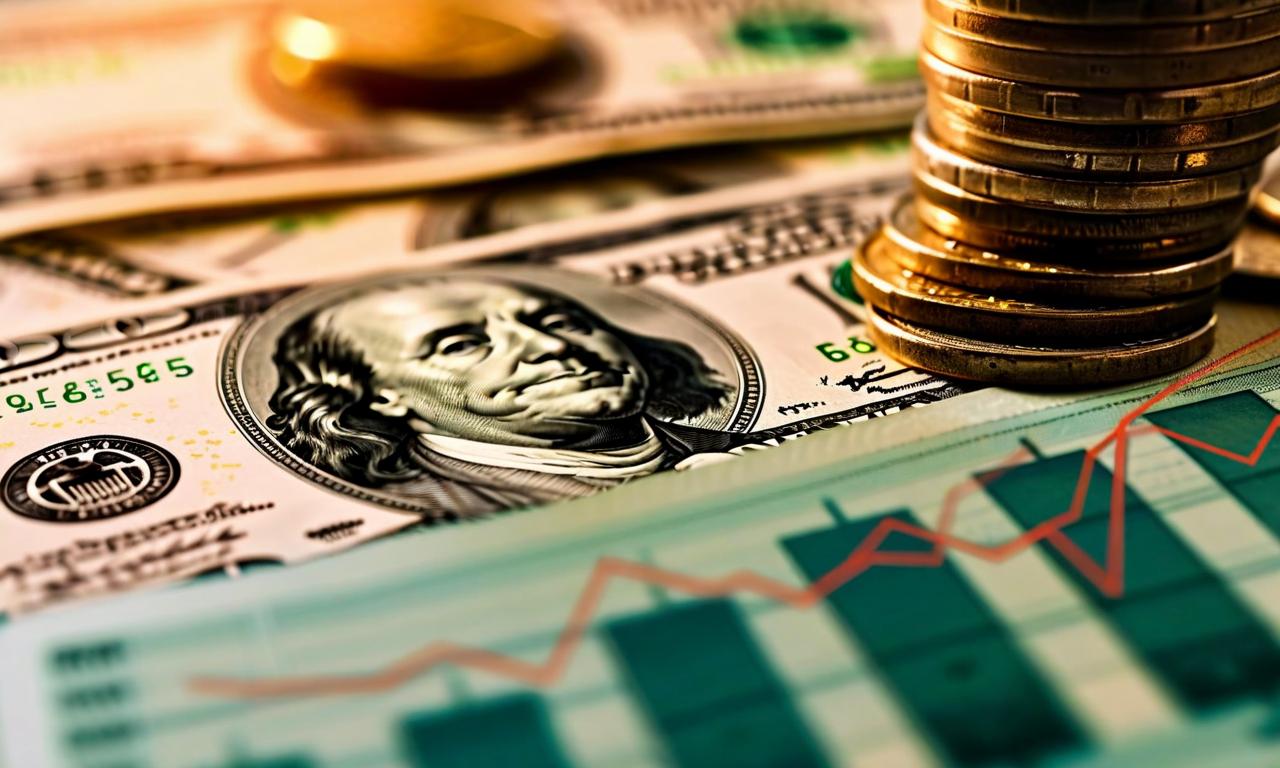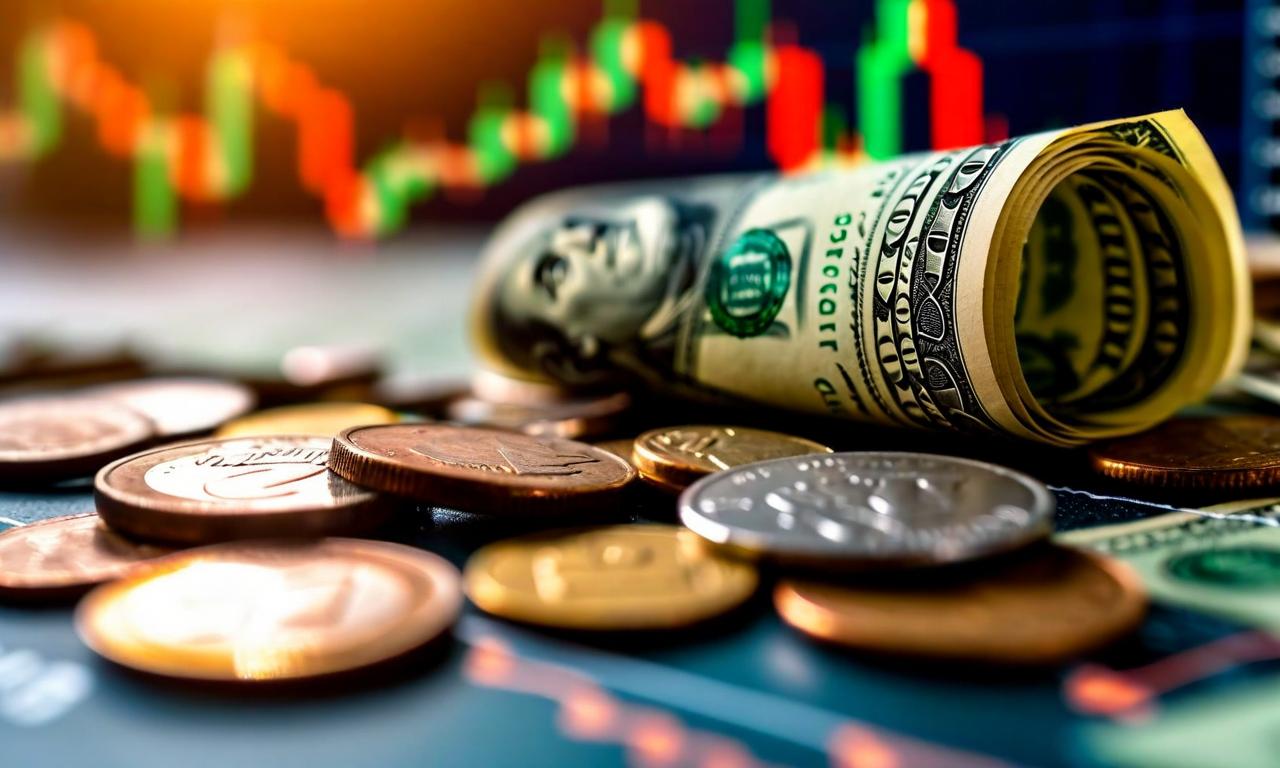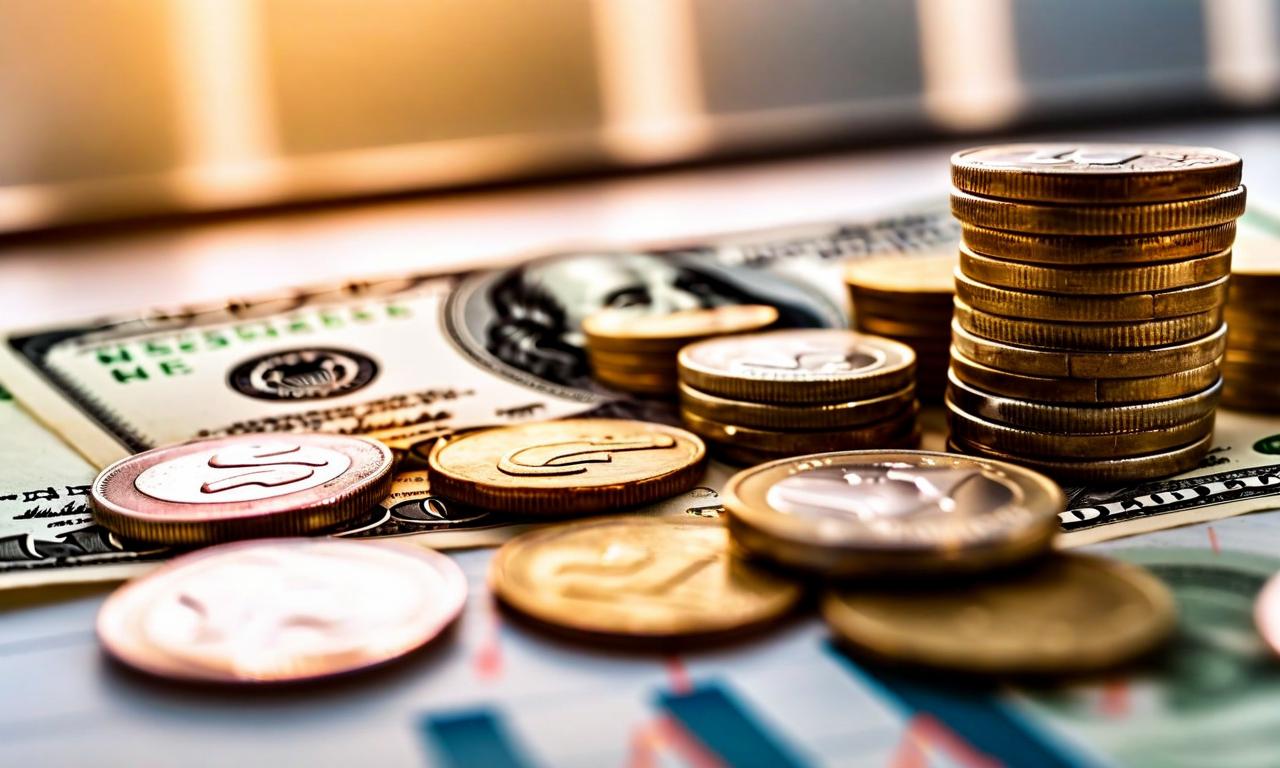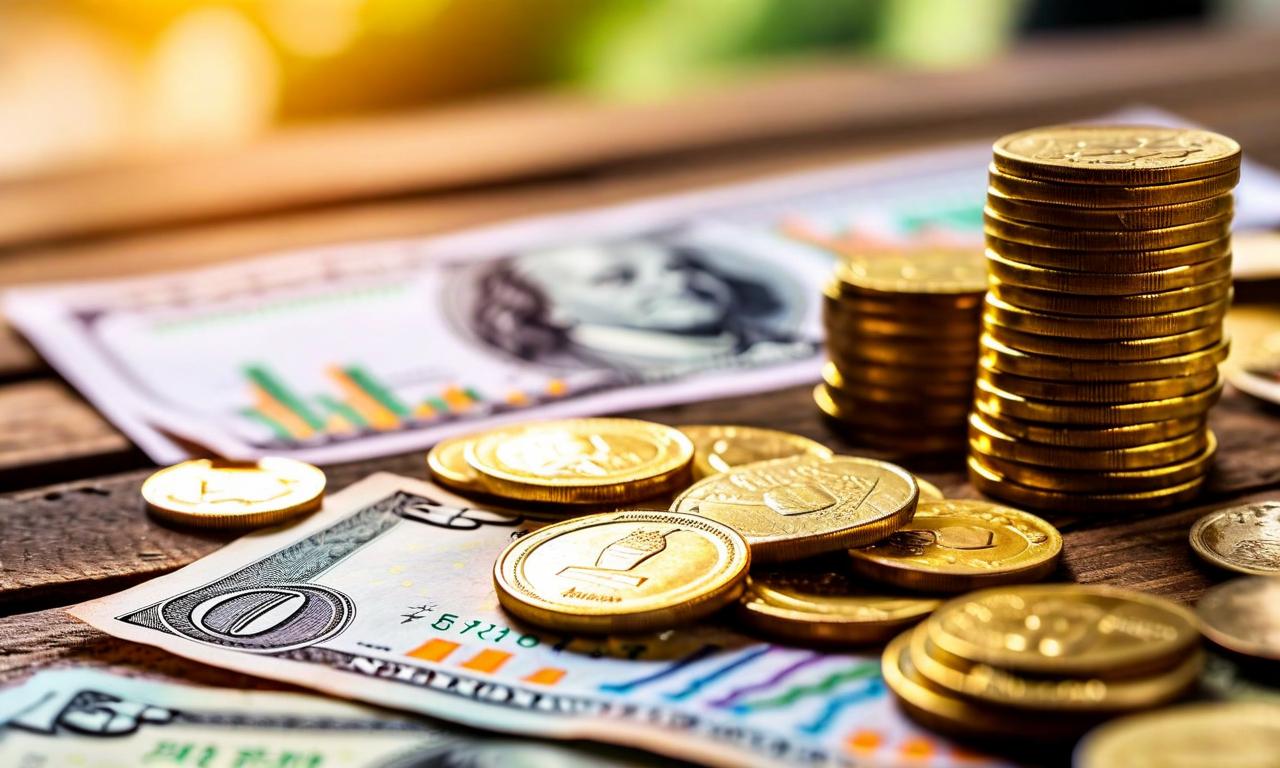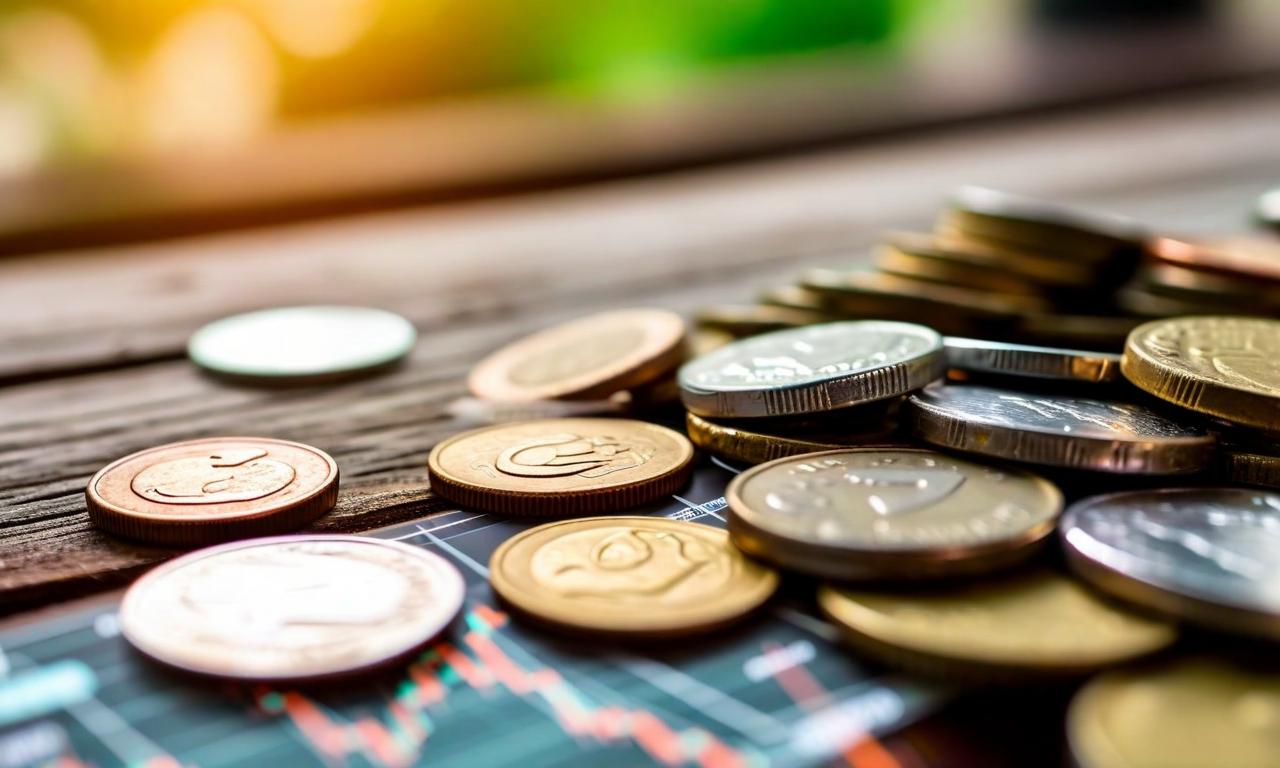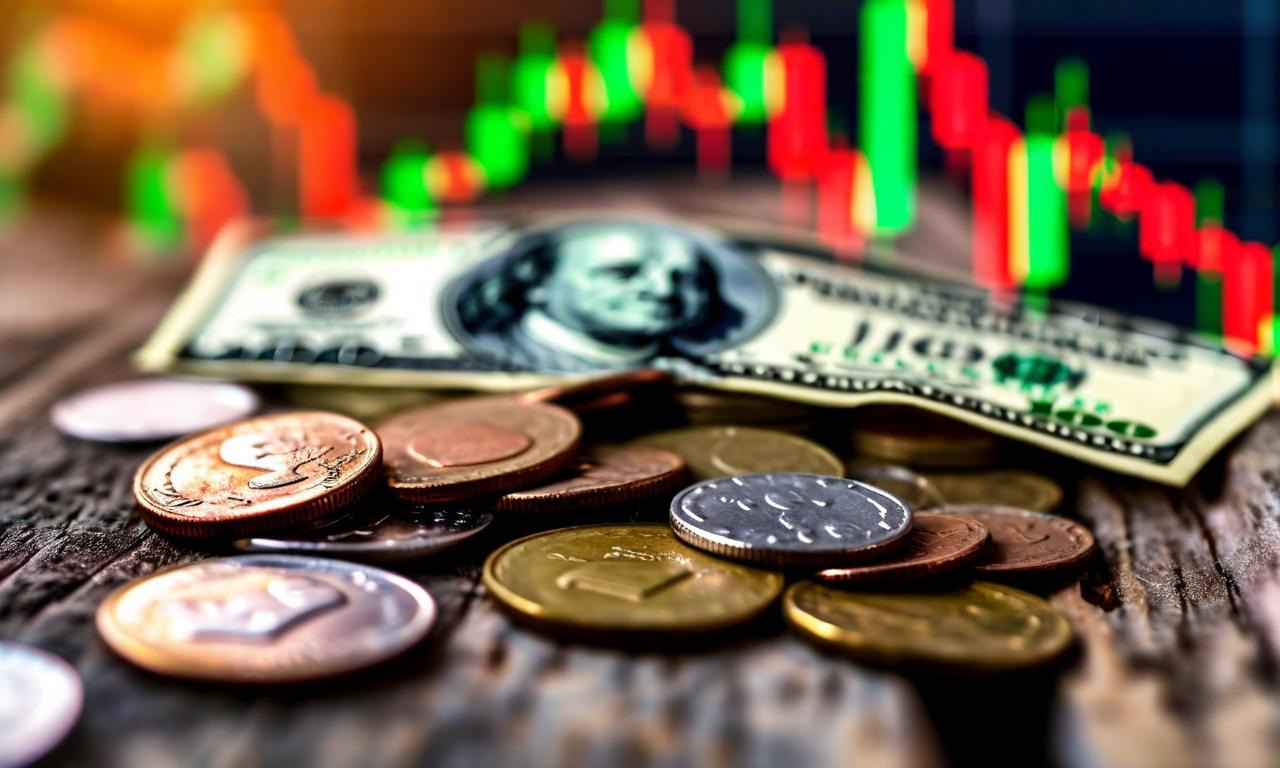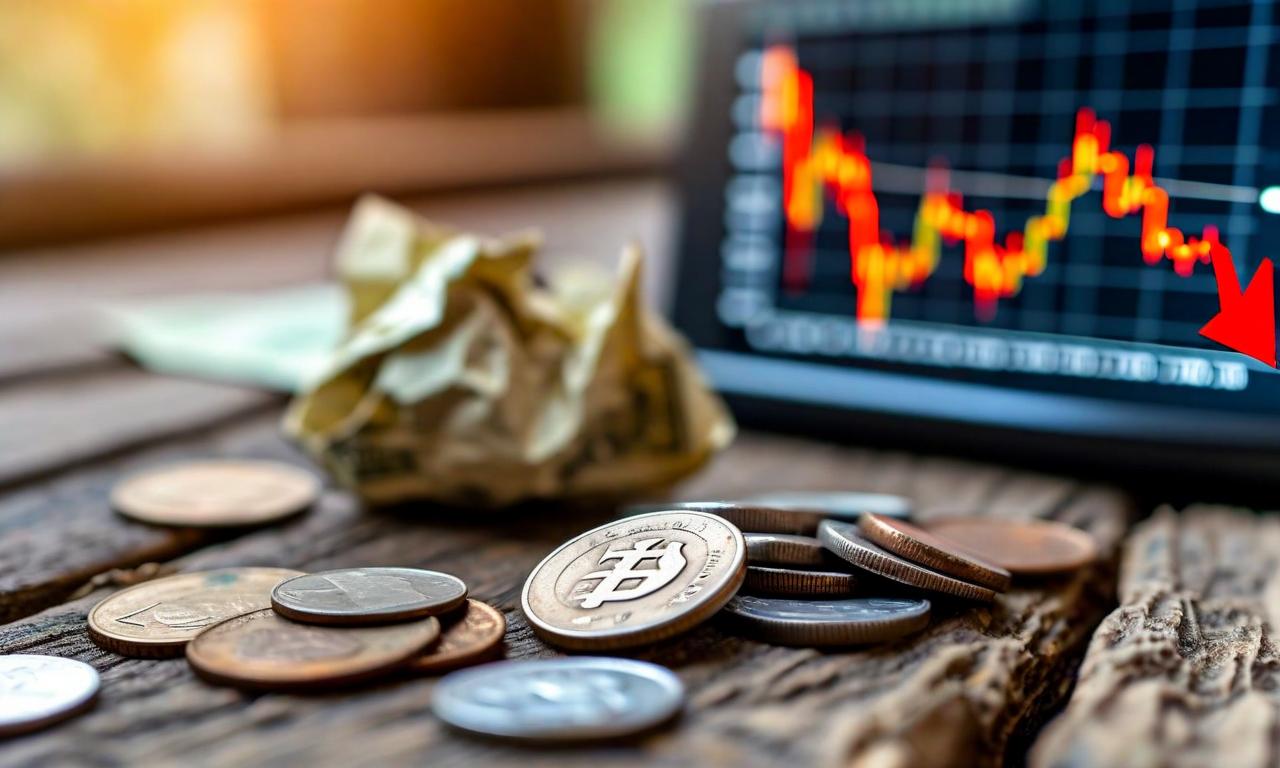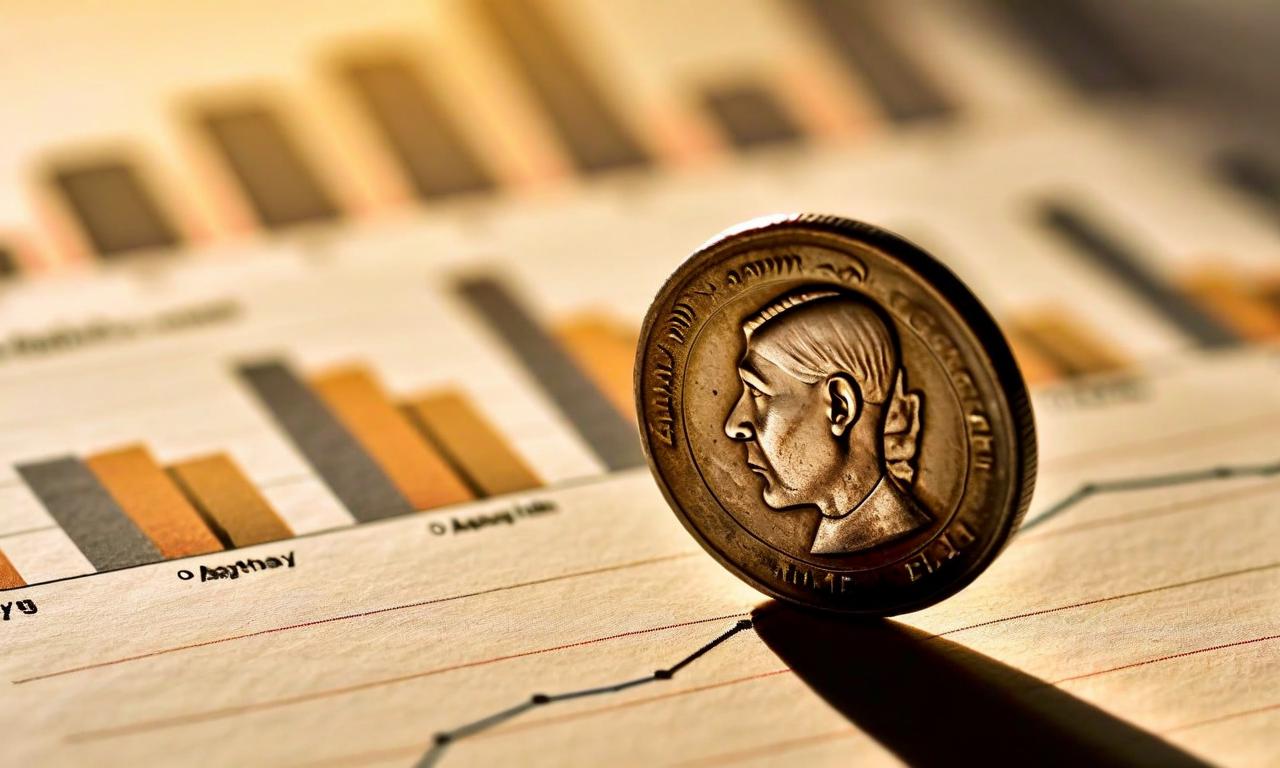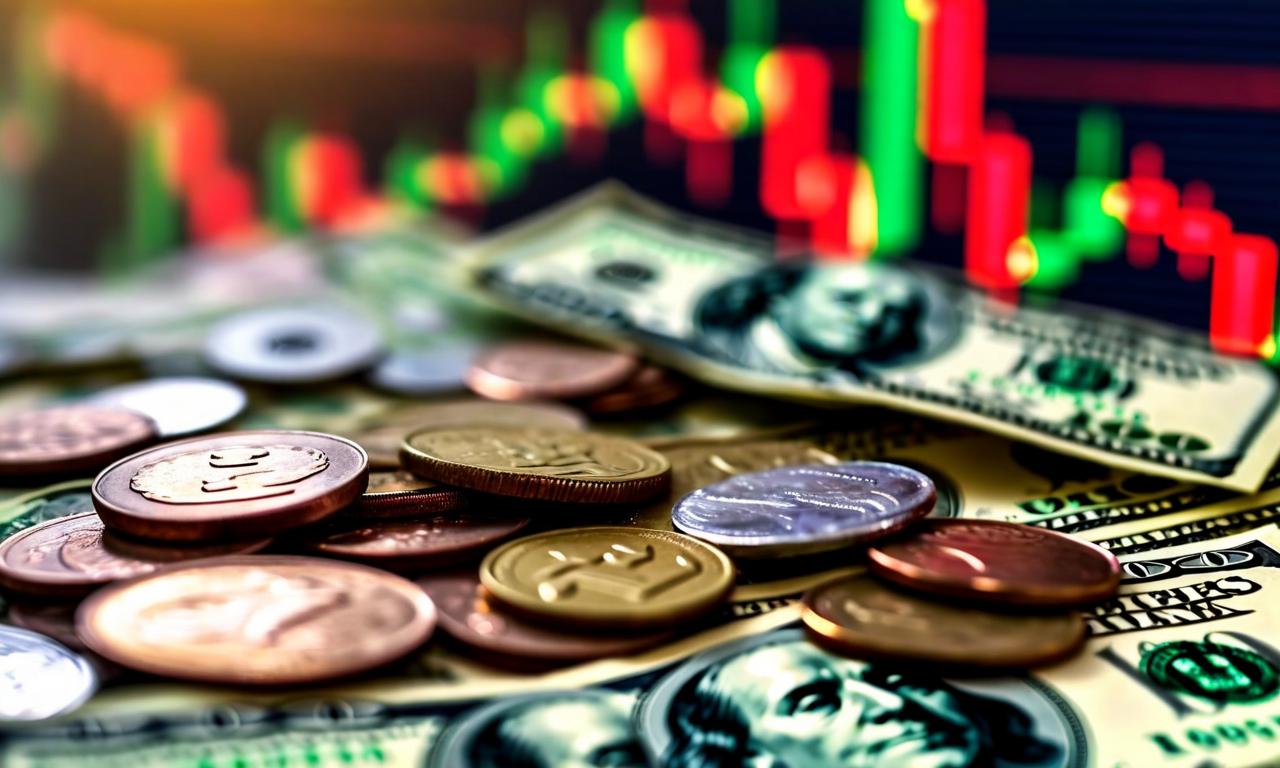Indian Rupee Weakens 0.24% as Oil Importers Increase Dollar Purchases
The Indian rupee closed at 87.2700 per U.S. dollar, down 0.24%, reversing earlier gains due to aggressive dollar buying from oil importers late in the trading session. Despite opening stronger at 87.04 and reaching a high of 86.93, the rupee ultimately weakened. Foreign banks' dollar selling and debt inflows initially supported the rupee, but upcoming U.S. tariffs on Indian goods and geopolitical tensions added pressure. The dollar index gained 0.08% to 98.30, while crude oil traded 0.37% higher at $67.09 per barrel.

*this image is generated using AI for illustrative purposes only.
The Indian rupee declined 0.24% to close at 87.2700 per U.S. dollar, pressured by aggressive dollar buying from oil importers late in the trading session. This movement reverses the earlier gains seen in early trade on Thursday, where the rupee had appreciated 14 paise against the US dollar.
Currency Movement
Despite opening at 87.04 and reaching an early high of 86.93 against the US dollar, compared to its previous close of 87.07, the rupee ultimately weakened by the end of the trading day.
Factors Influencing the Rupee
Several factors contributed to the rupee's performance:
Oil Importer Demand: Aggressive dollar buying from oil importers late in the trading session put pressure on the rupee.
Foreign Bank Activity: Foreign banks continued selling dollars against the rupee for the third consecutive day, which helped limit losses.
Debt Inflows: Initially, debt inflows masked the impact of dollar demand.
Upcoming Tariffs: The rupee faces headwinds from the upcoming August 27 deadline for additional 25% U.S. tariffs on Indian goods.
Geopolitical Tensions: U.S. Treasury Secretary Scott Bessent's recent comments about India profiteering from Russian oil purchases added pressure.
Market Developments
Despite the overall negative sentiment by the end of the day, earlier positive factors included:
- Positive domestic equities, with the Sensex rising 373.33 points to 82,231.17 and the Nifty gaining 94.3 points to 25,144.85 in early trade.
- Increased risk appetite in global markets.
- Hopes for peace between Russia and Ukraine, along with easing India-China tensions following Chinese Foreign Minister Wang Yi's visit to New Delhi.
Global Market Indicators
| Indicator | Change |
|---|---|
| Dollar Index | Gained 0.08% to 98.30 |
| Crude Oil | Traded 0.37% higher at $67.09/bbl |
Looking Ahead
Currency analysts expect the rupee to remain weak in the near term. Market participants are keenly awaiting Federal Reserve Chair Jerome Powell's speech at Jackson Hole for guidance on U.S. interest rate direction. The rupee's performance in the coming days may be influenced by a combination of domestic factors, global market sentiment, and central bank policies.
